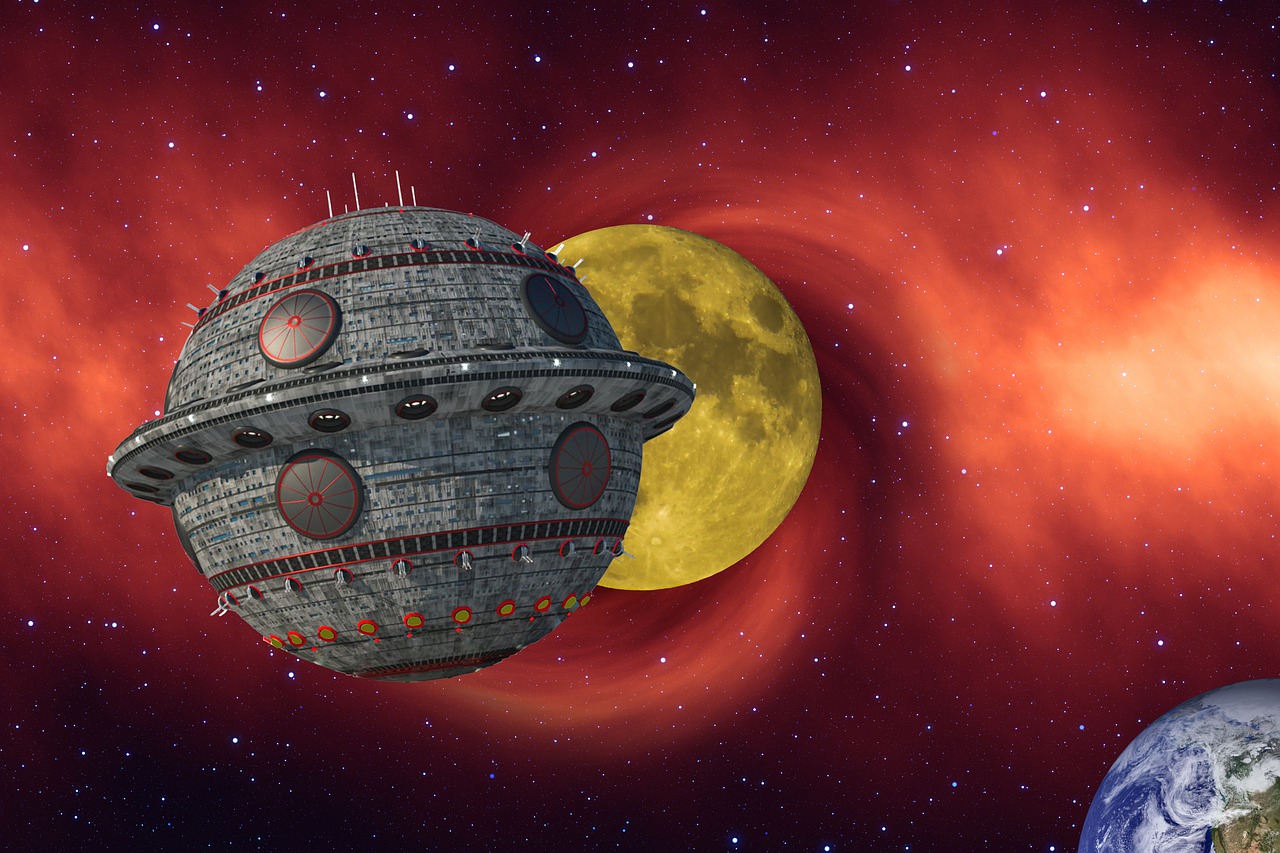
Country’s lunar Orbiter; Chandrayaan-2 completed a year around the Moon. All instruments are currently performing well.
On July 22, 2019 Chandrayaan-2 was launched and inserted into lunar orbit on August 20, 2019 a year ago. Chandrayaan-2 was launched with the goal of expanding the lunar scientific knowledge through detailed studies of topography, mineralogy, surface chemical composition, thermo-physical characteristics and the lunar exosphere. The orbiter completed more than 4400 orbits around the Moon. The spacecraft is healthy and performance of subsystems are normal, said ISRO on August 20, 2020.
The orbiter is being maintained in 100 +/- 25 km polar orbit with periodic orbit maintenance (OM) maneuvers. There is adequate onboard fuel to remain operational for about seven years.
Spacecraft has mapped nearly 4 million sq. km area. An X ray spectrometer on the Chandrayaan-2 Orbiter, has been measuring the resulting Xray fluorescence photons since September of 2019, unveiling new elemental maps at kilometer scales like never before. Solar X-ray Monitor (XSM) has been operational in-orbit from September 2019.

The spacecraft has traced B-K basin region and found that this reason contains a type of light plains deposit that appears to lie on the top of an ancient basaltic surface. This area has scientific importance. B-K basin region is located on the east limb of the moon in the near side close to Mare Fecunditatis. It is a pre-Nectarian impact structure, which contain two rings of approximately 225 km and 450 km in diameter.
Chandrayaan is continuously gathering science data and high definition images for better understanding of Moon and Earth’s early history according to the Mission Officials.
“The Moon provides the best linkage to understand Earth’s early history and offers an undisturbed record of the inner Solar system environment. It could also be a base for future human space exploration of the solar system and a unique laboratory, unlike any on Earth, for fundamental physics investigations. In spite of several missions to the Moon, there remains several unanswered questions. Continued high resolution studies of its surface, sub-surface/interior and its low-density exosphere, are essential to address diversities in lunar surface composition and to trace back the origin and evolution of the Moon. The clear evidence from India’s first mission to the Moon, Chandrayaan-1, on the extensive presence of surface water and the indication for subsurface polar water-ice deposits, argues for more focused studies on the extent of water on the surface, below the surface and in the tenuous lunar exosphere, to address the true origin and availability of water on Moon.”
